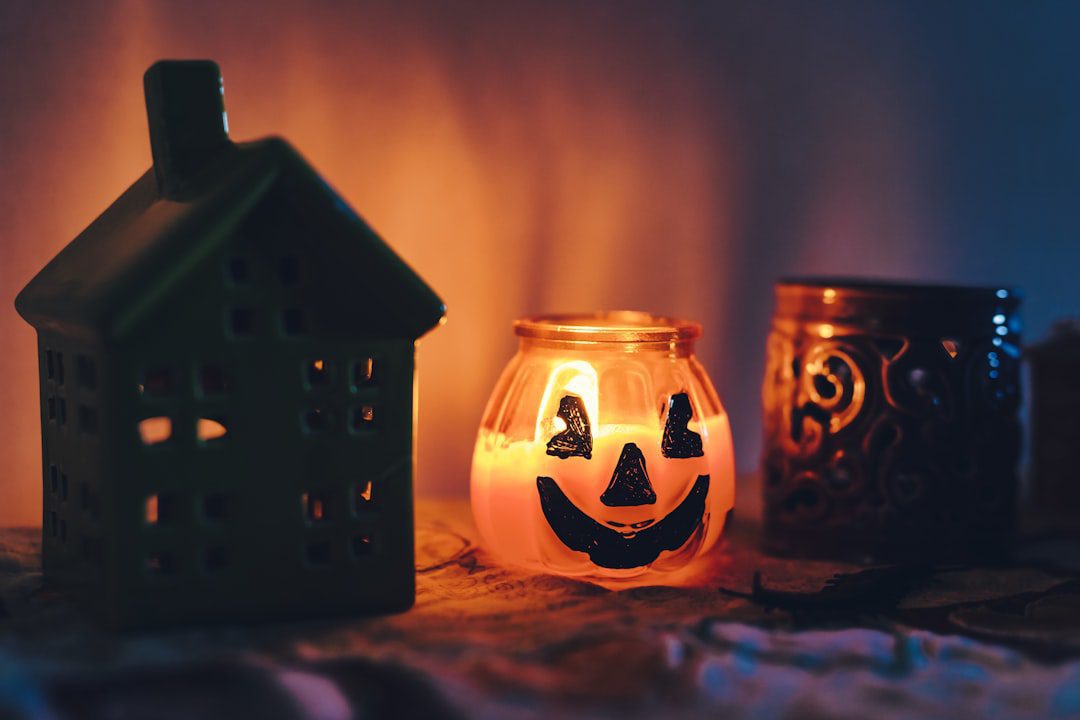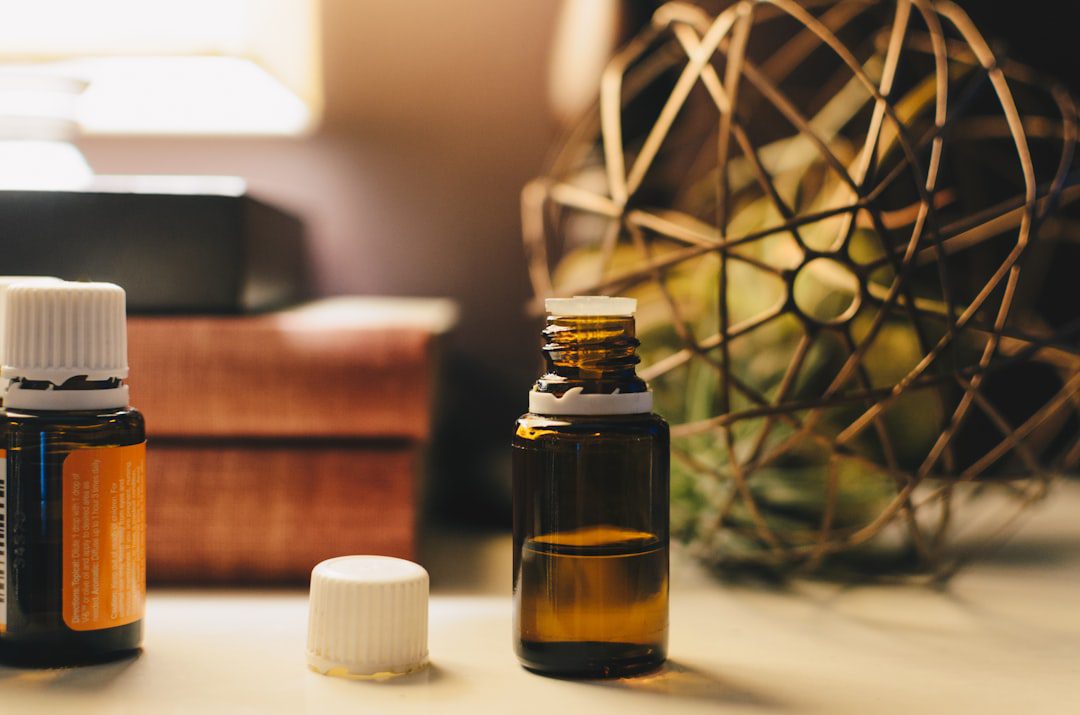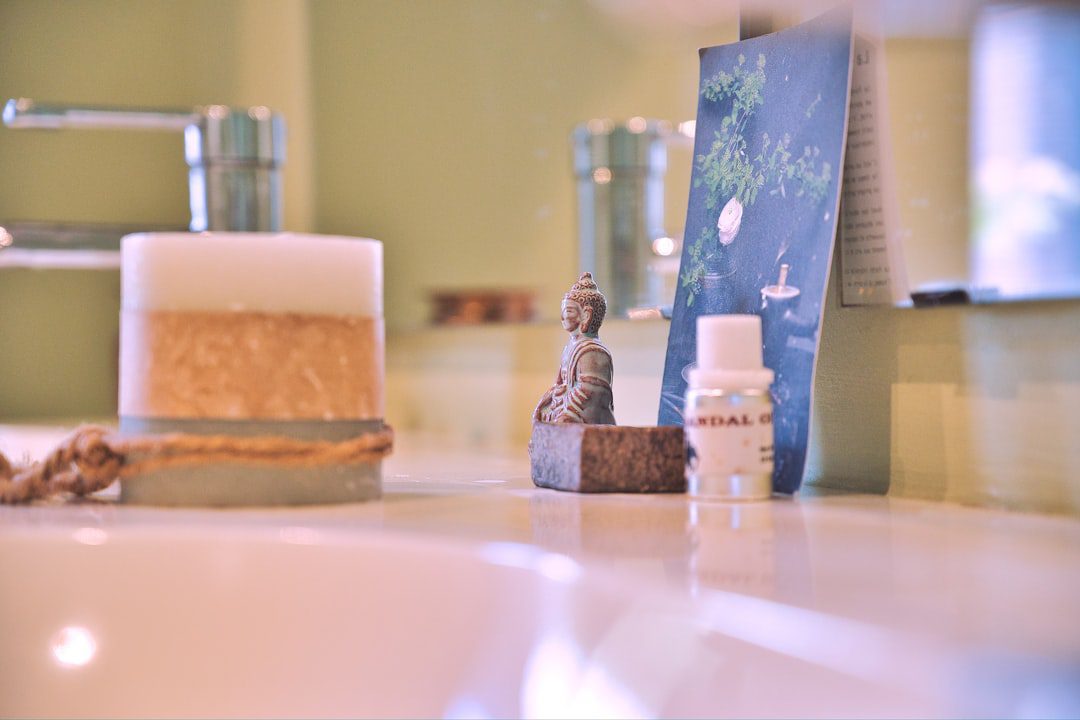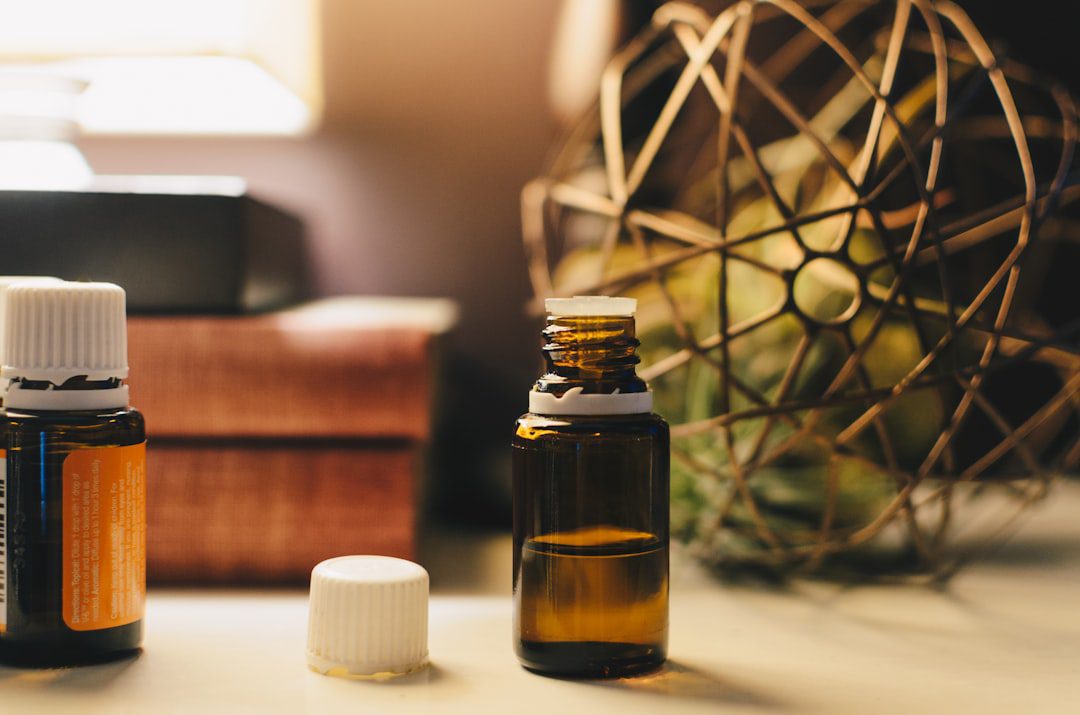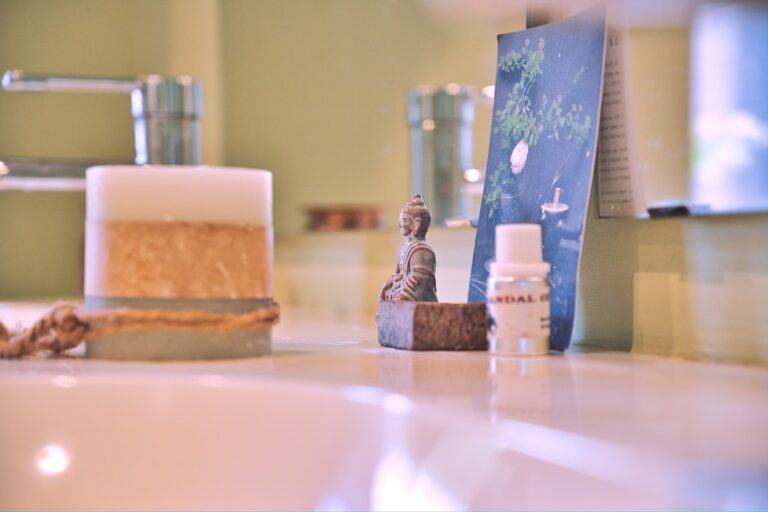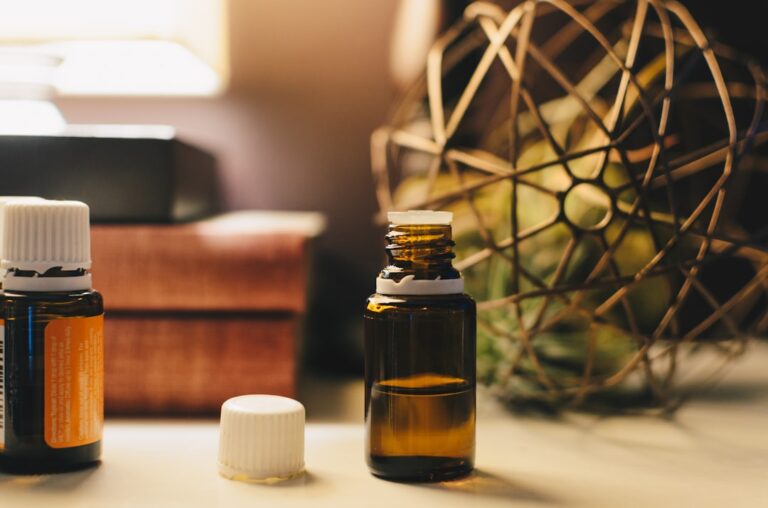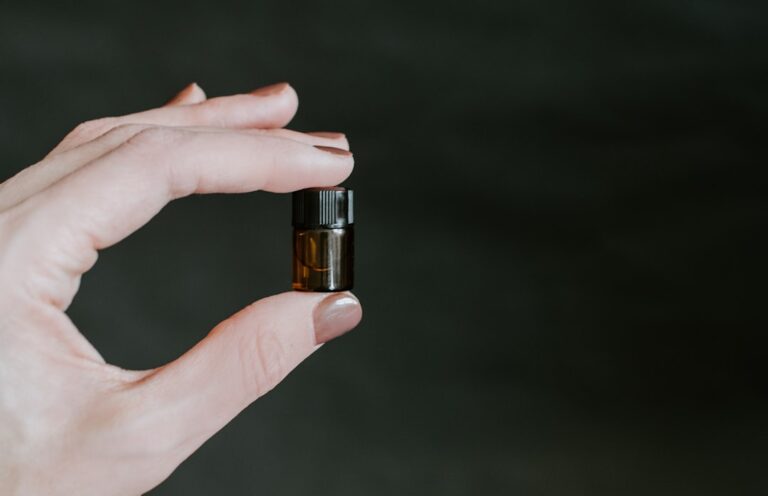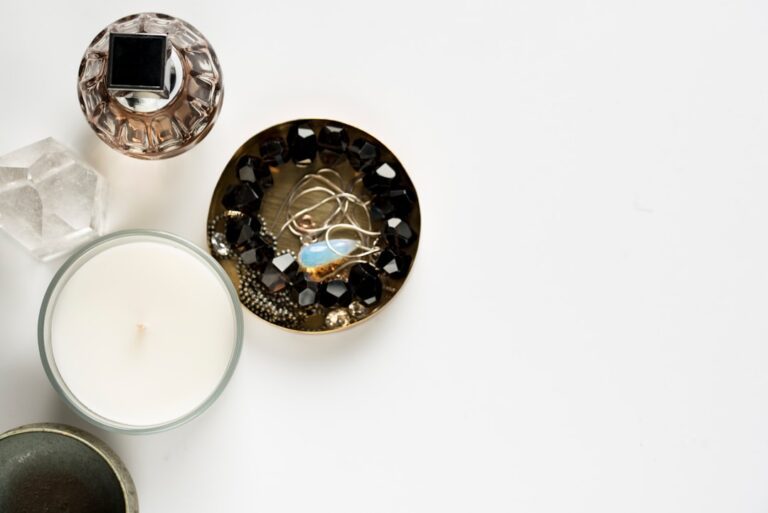A guide to the best essential oils used in aromatherapy candles and their effects.
Aromatherapy candles have gained significant popularity in recent years, serving as a delightful fusion of ambiance and therapeutic benefits. These candles are infused with essential oils, which are concentrated plant extracts known for their aromatic properties and potential health benefits. The practice of using essential oils for therapeutic purposes dates back thousands of years, with roots in ancient civilizations such as Egypt, China, and India.
Today, the integration of essential oils into candles allows individuals to harness the power of aromatherapy in a convenient and enjoyable form. The appeal of aromatherapy candles lies not only in their ability to create a soothing atmosphere but also in their potential to influence mood and well-being. When lit, these candles release fragrant compounds into the air, which can interact with the olfactory system and evoke emotional responses.
Different essential oils possess unique properties, making it possible to tailor the experience to specific needs—whether it’s relaxation after a long day, invigoration during a morning routine, or even support for respiratory health. As consumers become more aware of the benefits of natural products, the demand for aromatherapy candles continues to rise, leading to a diverse array of options available on the market.
Key Takeaways
- Aromatherapy candles and essential oils are used for their therapeutic effects on the mind and body.
- Lavender essential oil has calming and relaxing effects, making it ideal for stress relief and promoting sleep.
- Peppermint essential oil is invigorating and energizing, perfect for boosting focus and mental clarity.
- Eucalyptus essential oil is known for its respiratory and decongestant effects, making it beneficial for cold and flu relief.
- Lemon essential oil has uplifting and refreshing effects, making it a great choice for improving mood and reducing anxiety.
Lavender Essential Oil: Calming and Relaxing Effects
Lavender essential oil is perhaps one of the most well-known and widely used essential oils in aromatherapy. Renowned for its calming and relaxing effects, lavender has been utilized for centuries to promote tranquility and alleviate stress. The soothing scent of lavender is often associated with sleep and relaxation, making it a popular choice for those seeking to unwind after a hectic day.
When incorporated into candles, lavender essential oil can create an inviting atmosphere that encourages restfulness and peace. Research supports the calming properties of lavender. Studies have shown that inhaling lavender aroma can reduce anxiety levels and improve sleep quality.
For instance, a study published in the Journal of Alternative and Complementary Medicine found that participants who inhaled lavender essential oil experienced significant reductions in anxiety compared to those who did not. This makes lavender-infused candles an excellent addition to bedrooms or relaxation spaces, where individuals can benefit from its tranquilizing effects while enjoying the warm glow of candlelight.
Peppermint Essential Oil: Invigorating and Energizing Effects
In contrast to the calming properties of lavender, peppermint essential oil is celebrated for its invigorating and energizing effects. The fresh, minty aroma of peppermint can stimulate the senses and enhance mental clarity, making it an ideal choice for use during work or study sessions. When used in aromatherapy candles, peppermint essential oil can help create an environment that fosters focus and productivity.
The invigorating nature of peppermint is attributed to its high menthol content, which has been shown to enhance cognitive performance and increase alertness. A study published in the International Journal of Neuroscience found that participants exposed to peppermint aroma performed better on tasks requiring attention and memory retention. Lighting a peppermint-scented candle can serve as a natural pick-me-up, providing a refreshing boost during mid-afternoon slumps or early morning routines.
The combination of its uplifting scent and the soft flicker of candlelight can transform any space into a vibrant hub of energy.
Eucalyptus Essential Oil: Respiratory and Decongestant Effects
Eucalyptus essential oil is renowned for its respiratory benefits, making it a valuable addition to aromatherapy candles, especially during cold and flu seasons. The fresh, camphoraceous scent of eucalyptus can help clear nasal passages and promote easier breathing. When inhaled, eucalyptus oil can act as a natural decongestant, providing relief from symptoms associated with colds, allergies, or sinus infections.
The therapeutic properties of eucalyptus have been recognized in both traditional medicine and modern research. Eucalyptus oil contains compounds such as eucalyptol, which has been shown to have anti-inflammatory effects on the respiratory system. A study published in the journal Evidence-Based Complementary and Alternative Medicine highlighted eucalyptus oil’s potential in alleviating symptoms of respiratory conditions like asthma and bronchitis.
Lighting an eucalyptus-infused candle can create a refreshing atmosphere that not only enhances the air quality but also supports respiratory health, making it an excellent choice for use in living rooms or bathrooms.
Lemon Essential Oil: Uplifting and Refreshing Effects
Lemon essential oil is celebrated for its uplifting and refreshing qualities, making it a popular choice for those looking to enhance their mood and invigorate their surroundings. The bright, zesty aroma of lemon can stimulate feelings of happiness and positivity, creating an atmosphere that is both energizing and revitalizing. When incorporated into candles, lemon essential oil can transform any space into a cheerful haven.
The mood-enhancing effects of lemon essential oil are supported by scientific research as well. Studies have indicated that exposure to lemon aroma can reduce feelings of anxiety and improve overall mood. For example, a study published in the Journal of Clinical Psychiatry found that lemon essential oil had significant antidepressant effects when inhaled by participants experiencing depressive symptoms.
Lighting a lemon-scented candle can serve as a simple yet effective way to uplift spirits, making it an ideal choice for social gatherings or moments when one needs an emotional boost.
Tea Tree Essential Oil: Antibacterial and Antifungal Effects
Tea tree essential oil is renowned for its powerful antibacterial and antifungal properties, making it a valuable addition to aromatherapy candles aimed at promoting cleanliness and wellness. The distinct medicinal scent of tea tree oil is often associated with purification and healing, making it an excellent choice for spaces where hygiene is a priority. When burned in candles, tea tree essential oil can help create an environment that feels fresh and clean.
Research has demonstrated the efficacy of tea tree oil against various pathogens. A study published in the Journal of Antimicrobial Chemotherapy found that tea tree oil exhibited significant antibacterial activity against strains of bacteria responsible for skin infections. Additionally, its antifungal properties make it effective against mold and yeast infections.
Incorporating tea tree essential oil into candles can not only enhance the ambiance but also contribute to a healthier indoor environment by reducing airborne bacteria and fungi.
Bergamot Essential Oil: Stress-Relief and Mood-Enhancing Effects
Bergamot essential oil is derived from the rind of the bergamot orange fruit and is known for its unique citrusy aroma that combines floral notes with a hint of spice. This essential oil is particularly valued for its stress-relief properties and mood-enhancing effects. When used in aromatherapy candles, bergamot can create a serene atmosphere conducive to relaxation and emotional balance.
The stress-relieving benefits of bergamot have been supported by various studies. Research published in the journal Phytotherapy Research indicated that inhaling bergamot essential oil could significantly reduce stress levels in participants undergoing stressful situations. The calming yet uplifting scent makes bergamot-infused candles ideal for use during meditation or yoga practices, where individuals seek to cultivate inner peace while enhancing their emotional well-being.
The combination of its aromatic profile with the soft glow of candlelight creates an inviting space for self-care rituals.
Creating the Perfect Aromatherapy Candle Blend
Crafting the perfect aromatherapy candle blend involves understanding the unique properties of various essential oils and how they can complement one another to create a harmonious experience. By combining different oils based on their therapeutic benefits, individuals can tailor their candle choices to suit specific moods or needs. For instance, blending lavender with bergamot can create a calming yet uplifting atmosphere perfect for unwinding after a long day while still promoting emotional balance.
Moreover, experimenting with combinations such as eucalyptus and lemon can yield refreshing blends that invigorate the senses while supporting respiratory health. The art of creating aromatherapy candles lies not only in selecting individual scents but also in understanding how they interact with one another to enhance overall well-being. Whether seeking relaxation, invigoration, or purification, there is an endless array of possibilities when it comes to crafting personalized aromatherapy experiences through candlelight.
If you are interested in learning more about repurposing candle jars and containers, check out this informative article on Crafters Buzz. It provides creative ideas on how to give new life to your used candle containers. Additionally, for a historical perspective on the significance of candles during wartime, you can read about “Candlepower in Conflict: Candles in Wartime” on the same website. This article delves into the role of candles in providing light and comfort during times of conflict.
FAQs
What are essential oils?
Essential oils are natural, aromatic compounds found in the seeds, bark, stems, roots, flowers, and other parts of plants. They are extracted through methods such as distillation or cold pressing.
What is aromatherapy?
Aromatherapy is a holistic healing treatment that uses natural plant extracts, such as essential oils, to promote health and well-being. It aims to enhance physical, mental, and emotional health.
How are essential oils used in aromatherapy candles?
Essential oils are added to the wax of aromatherapy candles, and when the candle is lit, the heat from the flame vaporizes the oil, releasing its aroma and therapeutic properties into the air.
What are some popular essential oils used in aromatherapy candles?
Some popular essential oils used in aromatherapy candles include lavender, eucalyptus, peppermint, lemon, tea tree, and bergamot. Each oil has its own unique scent and therapeutic effects.
What are the effects of essential oils used in aromatherapy candles?
The effects of essential oils used in aromatherapy candles can vary depending on the specific oil. For example, lavender is known for its calming and relaxing properties, while eucalyptus is often used for its invigorating and decongestant effects.

